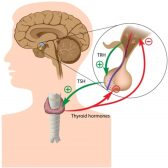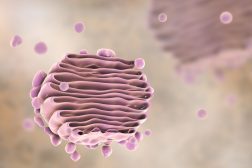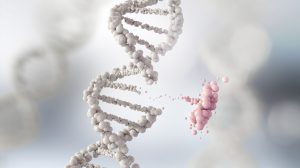Definition
noun
(taxonomy) A family of Archamoebae which includes species such as Entamoeba histolytica, Entamoeba coli, Endolimax spp., Iodamoeba spp., etc.
Supplement
Entamoebidae is a taxonomic family of Class Archamoebae. The distinctive characteristic of Archamoebae is the absence of mitochondria. Thus, Entamoebidae includes species that carry out anaerobic respiration. Many of them are parasites or commensals in the digestive system of arthropods and vertebrates.1 The family Entamoebidae includes the genera: Endolimax, Entamoeba, Iodamoeba, etc. One of the known species belonging to this group is Entamoeba histolytica, which is the causative agent of amoebic dysentery (characterized by a bloody diarrhea). This species is transmitted from one human host to another my ingestion of food and/or drinks contaminated with the parasite’s infective form, the cyst. The cyst of Entamoeba histolytica is quadrinucleate and exits its host in the latter’s stool. Endolimax spp. can also live in the intestines of their host. For instance, Endolimax nana is an amoeba found in the intestines of humans. The species is found to cause intermittent or chronic diarrhea.2
Scientific classification:
- Domain: Eukaryota
- Phylum: Amoebozoa
- Class: Archamoebae
- Family: Entamoebidae
See also:
Reference(s):
1 Lamb, T. (2012). Immunity to parasitic infections. Chichester, West Sussex, UK: Wiley-Blackwell.
2 John Q. Stauffer MD & W. L. Levine (January 1974).”Chronic diarrhea related to Endolimax Nana”
.Parasitology Research 19 (1): 59–63.







